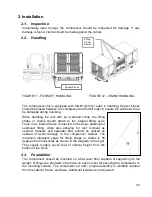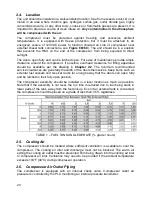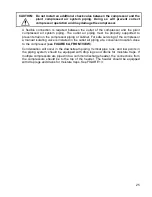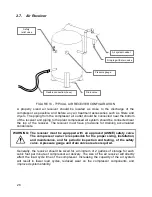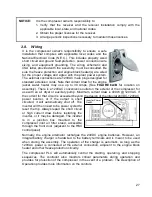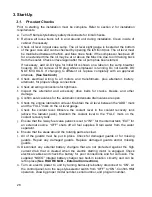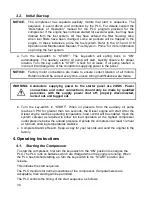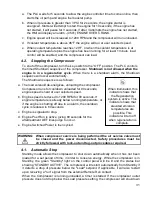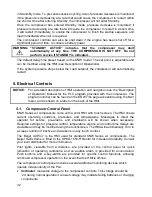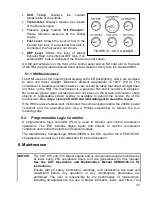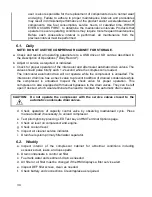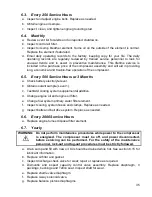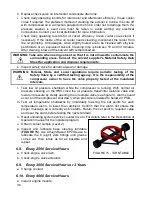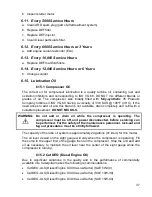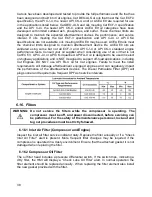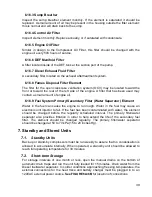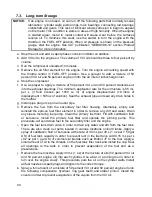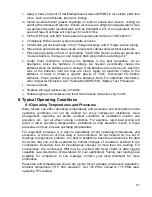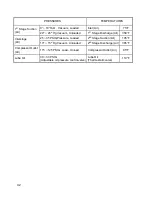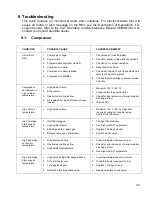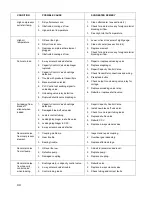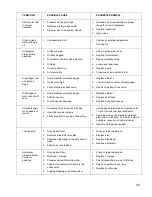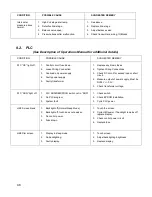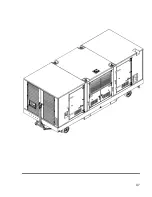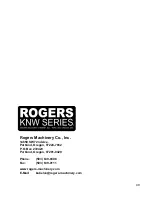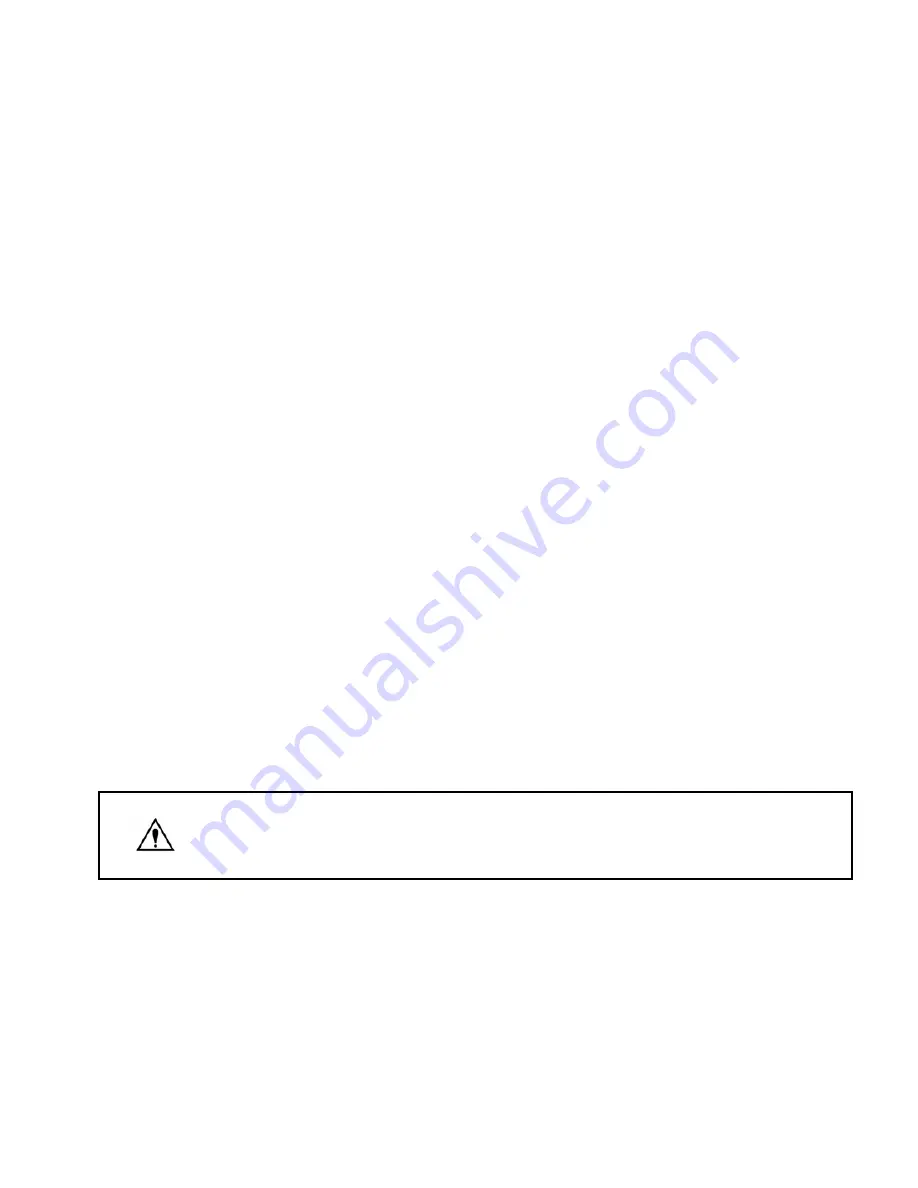
35
6.3. Every 250 Service Hours
a. Inspect and adjust engine belts. Replace as needed.
b. Obtain engine oil sample.
c. Inspect, clean, and tighten engine grounding stud.
6.4. Monthly
a. Review event list for alerts and unreported shutdowns.
b. Inspect control air filter.
c. Inspect oil sump breather element. Some oil on the outside of the element is normal.
Replace the element if saturated.
d. Email daily operating records to the factory, keeping copy for your file. The daily
operating records are regularly reviewed by trained service personnel to look for
unusual trends and to assist in preventive maintenance. This lifetime service is
included in the purchase price of the compressor assembly and will aid in providing
long, economical and trouble-free operation of the compressor.
6.5. Every 500 Service Hours or 3 Months
a. Check battery electrolyte level.
b. Obtain coolant sample (Level 1).
c. Test/Add cooling system supplemental additive.
d. Change engine oil and engine oil filter.
e. Change fuel system primary water filter element.
f. Inspect cooling system hoses and clamps. Replace as needed.
g. Inspect belts and belt drive system. Replace as needed.
6.6. Every 2000 Service Hours
a. Replace engine fumes disposal filter element.
6.7. Yearly
WARNING:
Do not perform maintenance procedures while power to the compressor
is energized. The compressor must be off, and power disconnected,
before servicing can be performed. For the safety of the maintenance
personnel, lock-out and tag-out procedures must be strictly followed.
a. Drain sump and fill with new oil. Oil should be drained while hot. See section 6.15 for
lubricant information.
b. Replace oil filter and gasket.
c. Inspect discharge check valve for wear; repair or replace as required.
d. Dismantle and inspect capacity control valve assembly. Replace diaphragm, V
packings, bushings and Teflon seat. Inspect shaft for wear.
e. Replace shuttle valve diaphragm.
f. Replace 4-way solenoid valve.
g. Replace balance pistons diaphragms.



